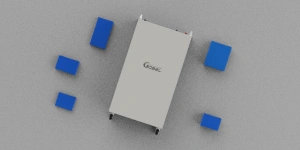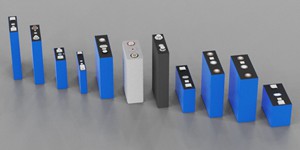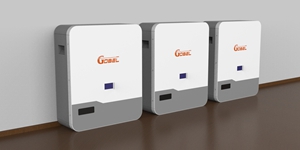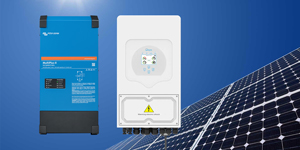LITHIUM BATTERY CHARGER CIRCUIT
Lithium Battery Supplier-
12V 280Ah LiFePO4 Battery GP-LA12-280AH Premium Deep Cycle Battery 3.5kWh Energy
Ship from China US$382.00
-
12V 280Ah LiFePO4 Battery GP-LA12-280AH Basic Deep Cycle Battery 3.5kWh Energy
Ship from China US$399.00
-
3300W High Voltage LiFePO4 Lithium Battery Charger
Ship from China US$760.00
-
6000W LiFePO4 Lithium Battery Charger
Ship from China US$1,030.00
-
9000W LiFePO4 Lithium Battery Charger
Ship from China US$1,900.00
-
29.2V 7A ~ 50A 8S LiFePO4 Lithium Battery Charger
Ship from China US$21.00
-
JK 8S ~ 24S 150A Smart BMS 2A Active Balance With GPS Port Common Port Bluetooth
Ship from China US$117.00
-
Daly 4S 80A~500A 12V LiFePO4 BMS Common Port with Balance Waterproof Fan Function
Ship from China US$39.90
-
Solution LiFePO4 Battery Cell -
Solution Battery BMS
Lithium-Ion Battery Charger Circuit: A Comprehensive Overview A Lithium-Ion (Li-ion) battery charger circuit is an essential electronic component that consists of a series of electrical components and microcontrollers designed to charge Li-ion batteries safely and efficiently. The charger circuit is connected to a DC power source, which supplies the required voltage and current to the battery for charging. The purpose of the Li-ion charger circuit is to regulate the charging process, ensuring the safety and longevity of the battery. The Li-ion battery charger circuit typically consists of several key components, including a switching power supply, Buck converter, Boost converter, and Microcontroller. The switching power supply is responsible for regulating the input voltage, while the Buck converter steps down the voltage to a level suitable for charging the battery. The Boost converter, on the other hand, steps up the voltage if required. The microcontroller plays a crucial role in controlling the charging process by monitoring the battery's voltage, current, and temperature. The Li-ion battery charger circuit is designed to prevent overcharging, over-discharging, and overheating, which can cause damage to the battery. The circuit also includes overcharge protection, over-discharge protection, and thermal protection to ensure the battery remains safe during the charging process. Additionally, the charger circuit is designed to terminate the charging process once the battery is fully charged, reducing unnecessary energy consumption and prolonging the battery's lifespan. In recent years, the demand for Li-ion battery chargers has increased significantly, driven by the widespread adoption of Portable electronic devices such as smartphones, laptops, and tablets. As a result, Lithium-Ion battery charger circuits have become an essential component in the production of these devices. With the increasing reliance on portable electronics, the demand for efficient and reliable Li-ion battery charger circuits is expected to continue growing in the coming years.

 EU Stock
EU Stock Poland Stock
Poland Stock Ukraine Stock
Ukraine Stock  USA Stock
USA Stock AU Stock
AU Stock

























